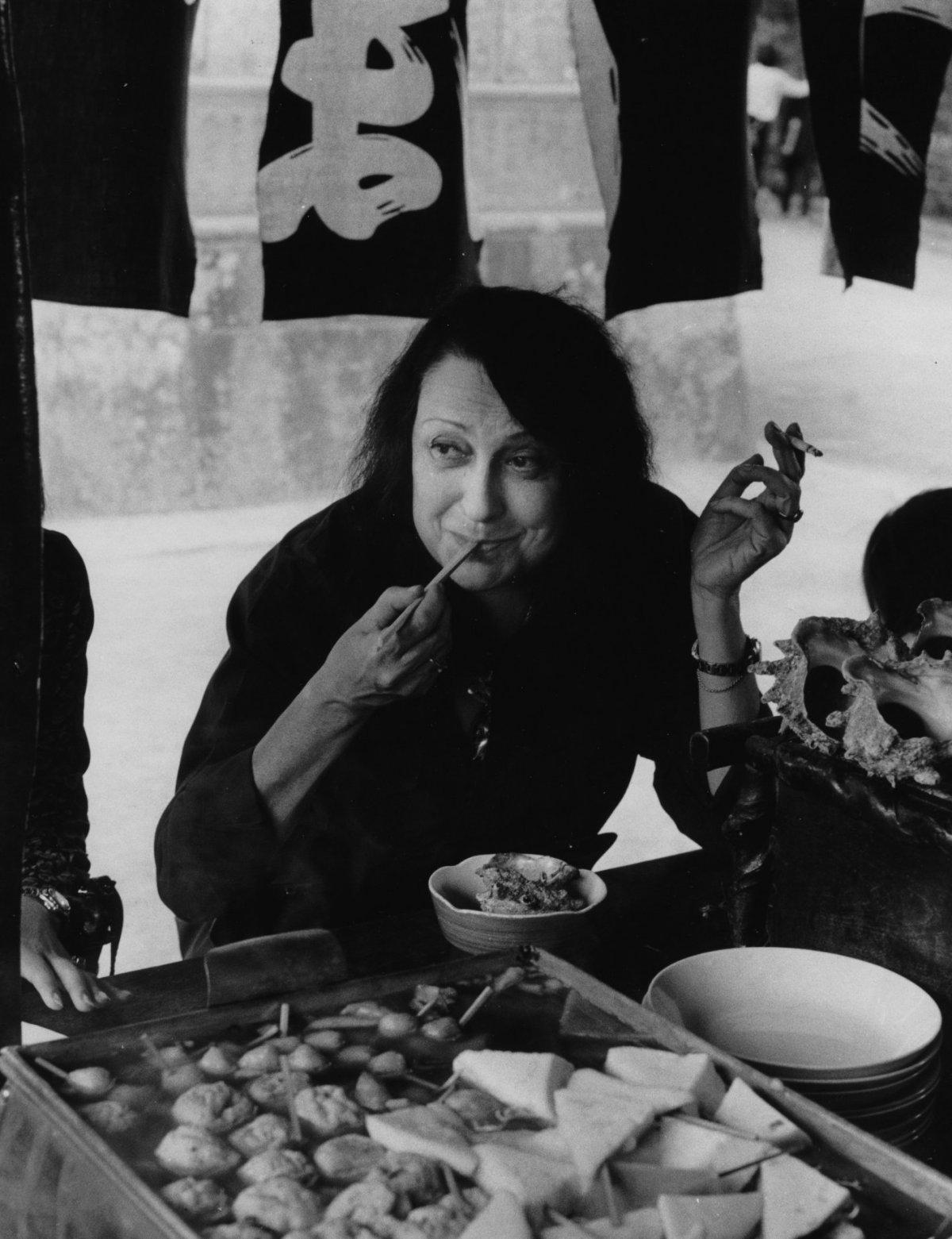#WomenDesign: Lina Bo Bardi
#WomenDesign: Lina Bo Bardi
Today, we dedicate our #WomenDesign to Lina Bo Bardi (1914-1992). This architect - born in Italy but Brazilian at heart - was one of the great transformers of Brazilian architecture and popular art. She humanized rationalism by linking it to emotion, organic and nature. Her buildings and her furniture synthesize her blend of the modern and the popular, the scientific and the visceral.
Achillina Bo was born in Rome in 1914. After graduating in architecture, she moved to Milan and worked with Gio Ponti. She later opened her own studio with the rationalist precepts as a banner, but it was destroyed during a bombing in 1943. This fact turned Lina into a resistance activist. In those years she collaborated with various magazines, as an illustrator and journalist, managing to direct the magazine Domus - founded by Gio Ponti - at just 25 years old, when the Second World War was in full swing.
After the war, Lina Bo Bardi married the famous journalist, art critic and gallery owner Pietro Maria Bardi, with whom she moved to Brazil in 1946. There she found her creative happiness. Two years later she began to dedicate herself to both industrial design and interior design.
In Brazil, Lina matured and built her best works. In 1951 she created her first built project: la Casa de Vidro. An original and innovative house for her and her husband, immersed and rooted in the vegetation of the Morumbì Garden, which became one of her most transcendent and personal works. In this house, Lina embodies an unprecedented combination of modernity and tradition, with an originality that will endure to this day. Today, the building has been converted into a house-museum, headquarters of the Lina and Pietro Maria Bardi Institute.
Other outstanding works of this exceptional woman are the Museum of Modern Art of São Paulo (MASP), her first public project inaugurated in 1964, a rural village in Camurupim and the SESC-Pompeia social center.
With an extreme creativity, she did not limit herself to imagining buildings. She created sets for opera and theater, curated exhibitions, made jewelry and designed furniture. Among them, the Bowl Chair, a versatile armchair designed in 1951 and currently edited by Arper, which became one of her most iconic pieces by offering a much more relaxed way of sitting.
Lina died in São Paulo in 1992 as she had always wanted: working and with several ongoing projects.





